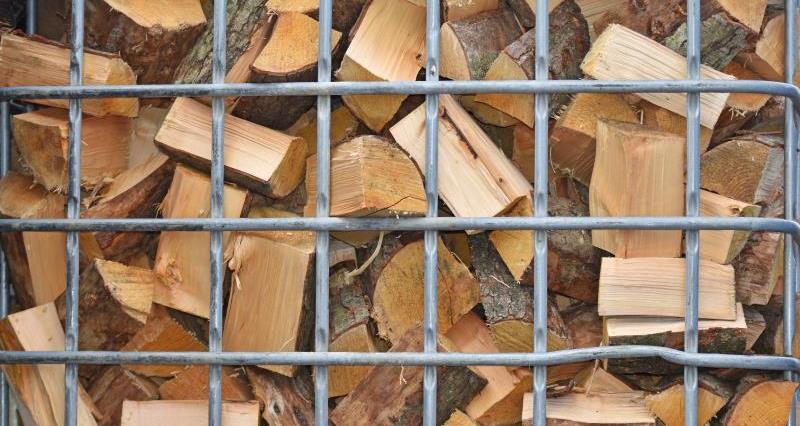Farmers must not use dirty waste wood to produce animal bedding amid concerns about potential risks to livestock and the environment.
Wood chip and fines are routinely used as animal bedding. Most is supplied from virgin wood or from pre-consumer off-cuts such as from saw mills and wood product manufacturing. Some is produced from visibly clean used wooden pallets and packaging. The one thing in common is that all of this wood is chemically untreated.
There is a risk however that chemically treated waste wood is chipped and sold on as animal bedding. Chemical wood treatments, applied to protect and prolong the life of wood, can include heavy metals such as copper, chromium and arsenic, halogenated organics or persistent organics such as lindane. Modern wood treatments still have hazardous properties and when finally discarded as waste, should not end up in sensitive end uses such as animal bedding. There are concerns with the use of such wood but also when the used bedding is subsequent spread to land.
Do make sure you understand where the wood chip and fines you use for animal bedding or exercises surfaces is coming from. You should satisfy yourself that it is from clean, chemically untreated sources by dealing with reputable suppliers. Paint flecks for example will indicate that the wood chip is from treated sources. Some chemical treatments are invisible to the naked eye. So visibly clean wood from mixed waste wood sources such as from skip operators, civic amenity sites or demolition sites may still have been chemically treated. Unless your supplier has line of sight to where wood has started out, without sampling and testing for heavy metals and other chemicals, the wood chip or fines may not be as clean as you think.
